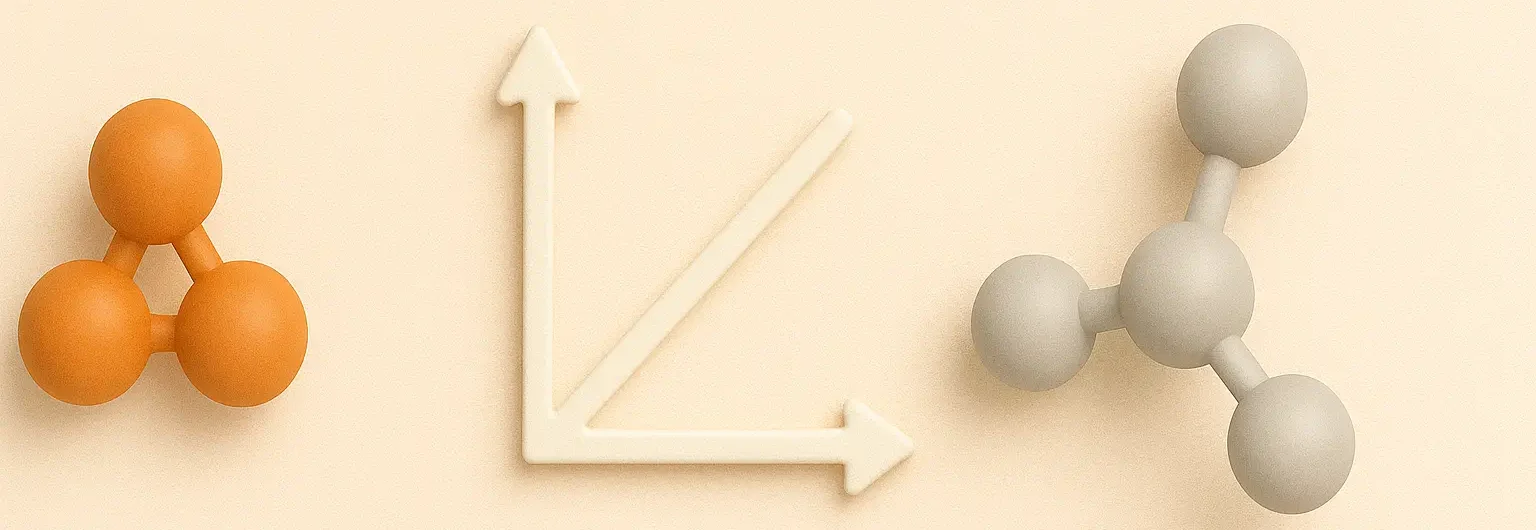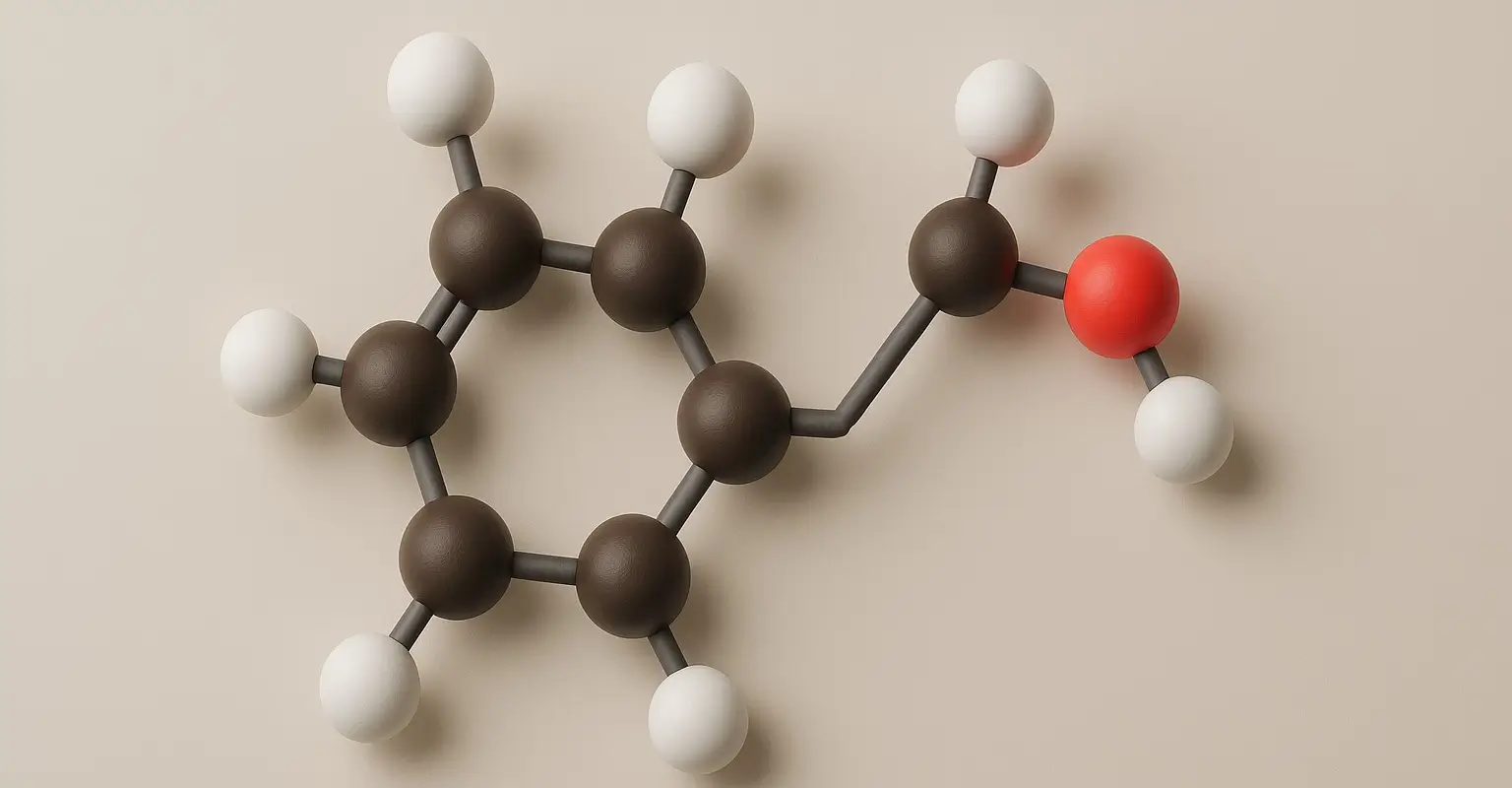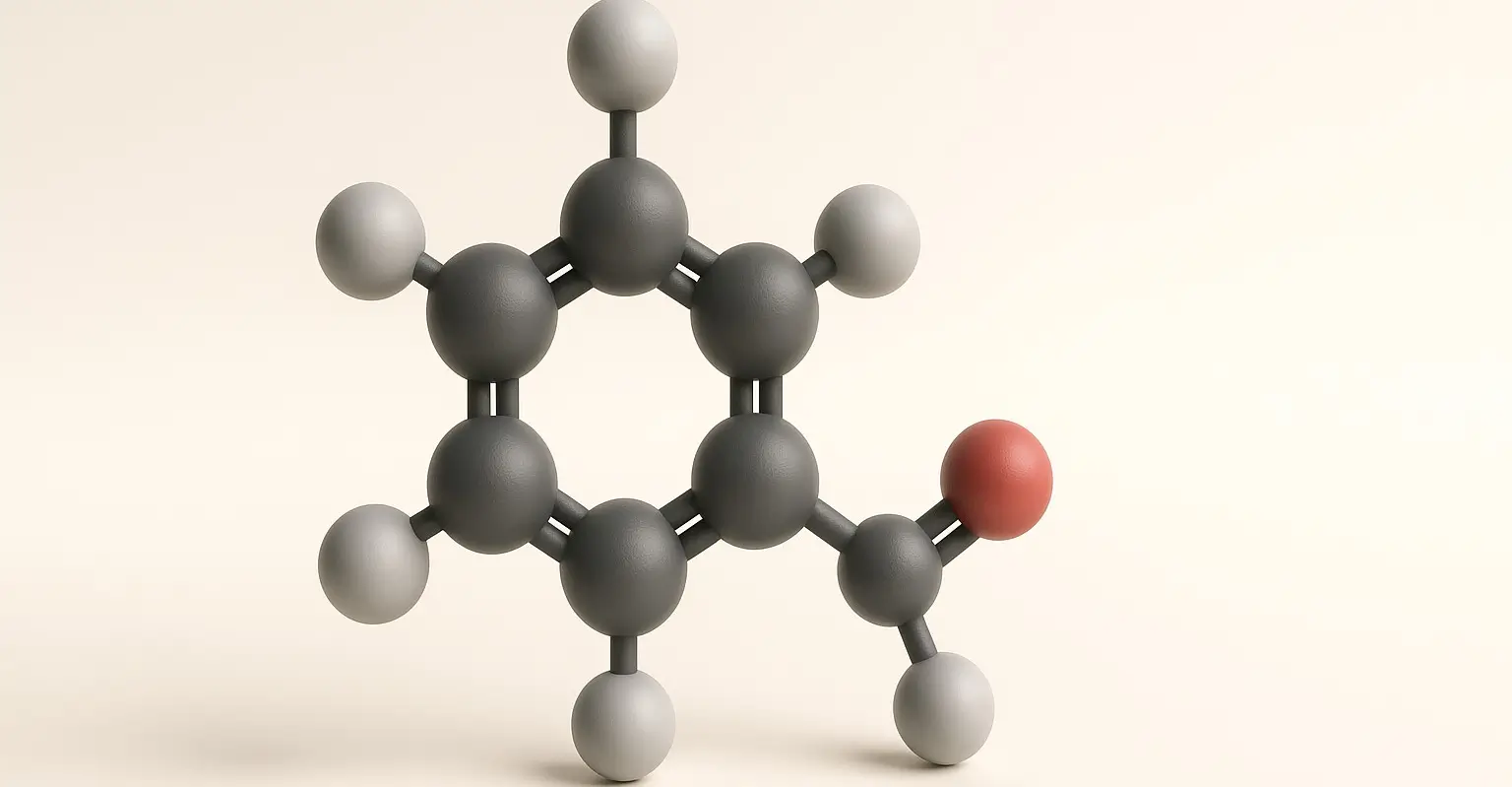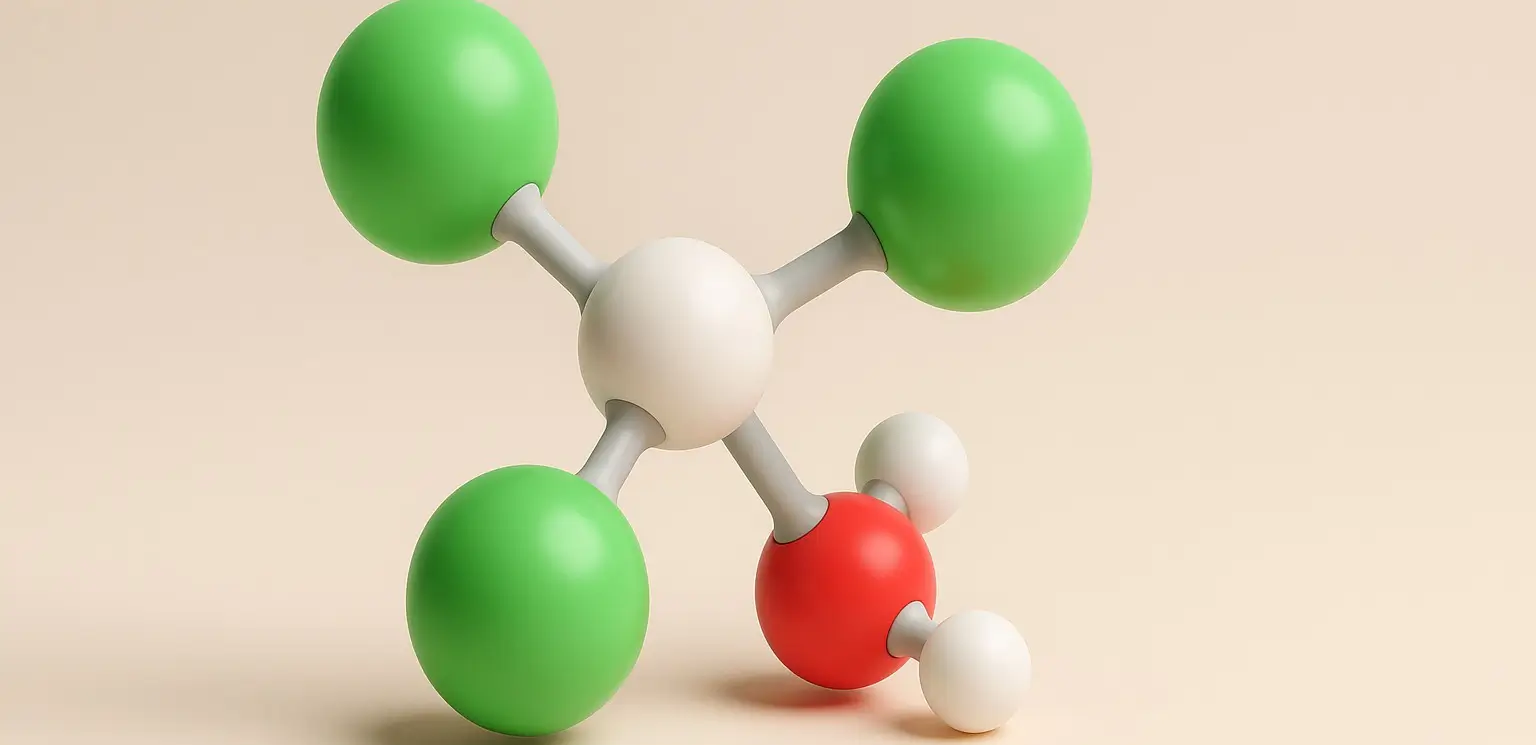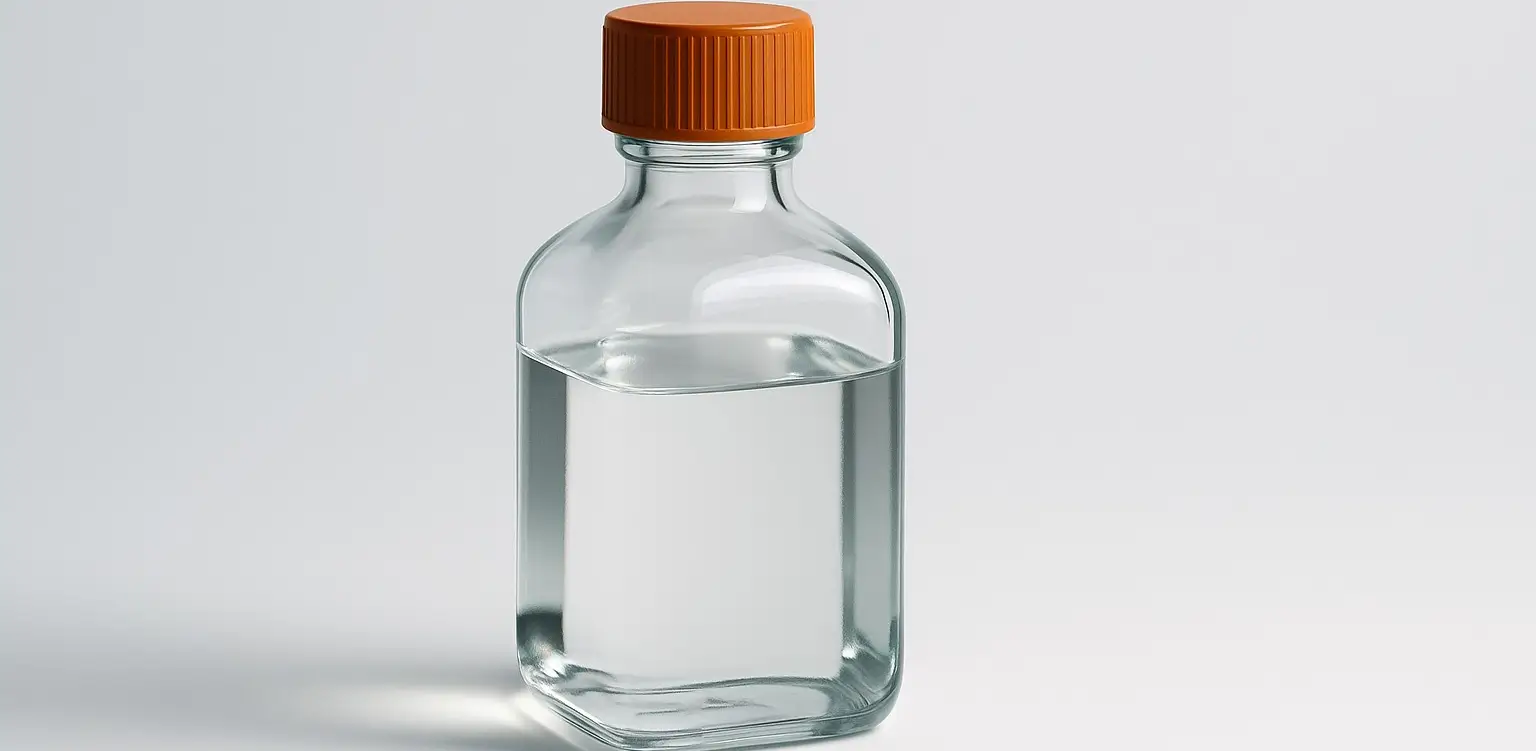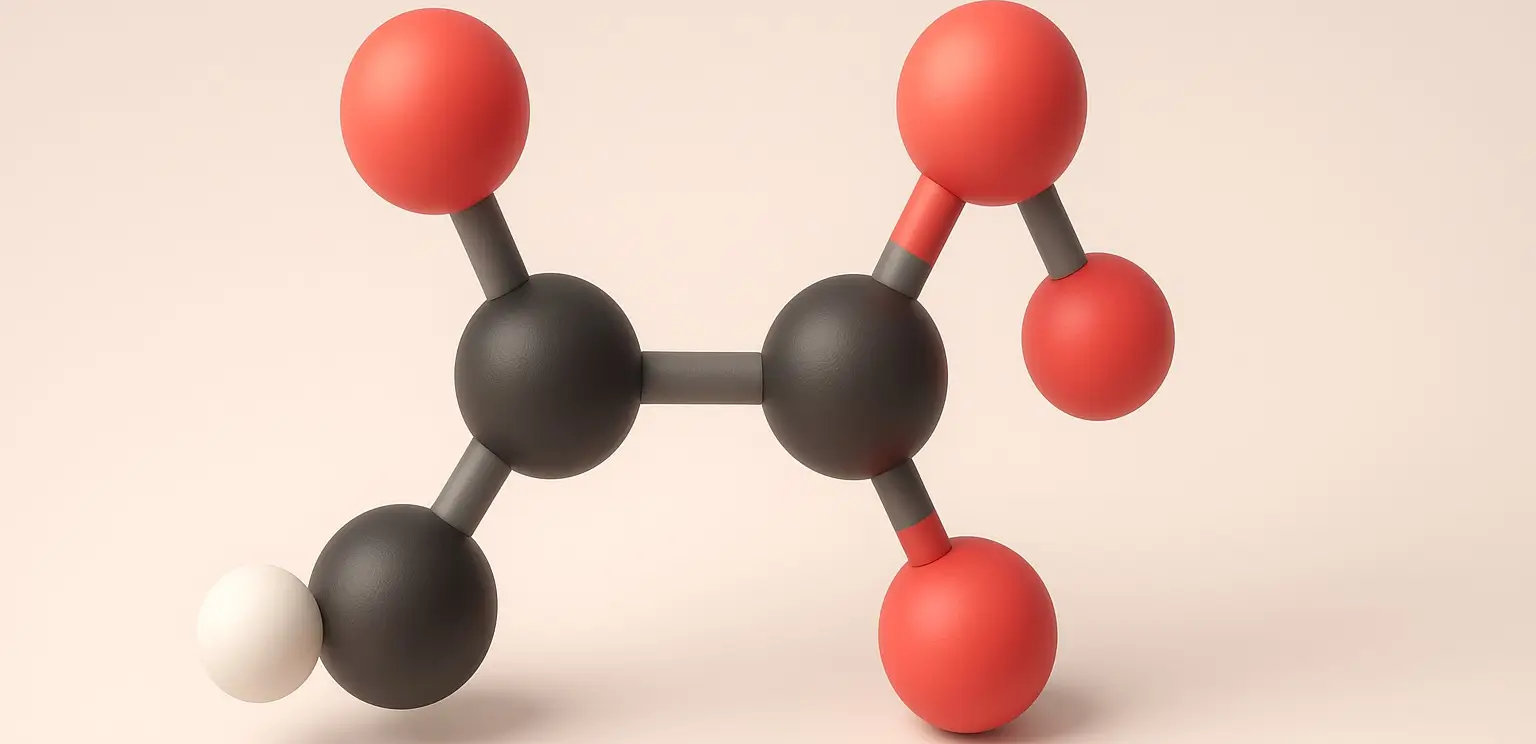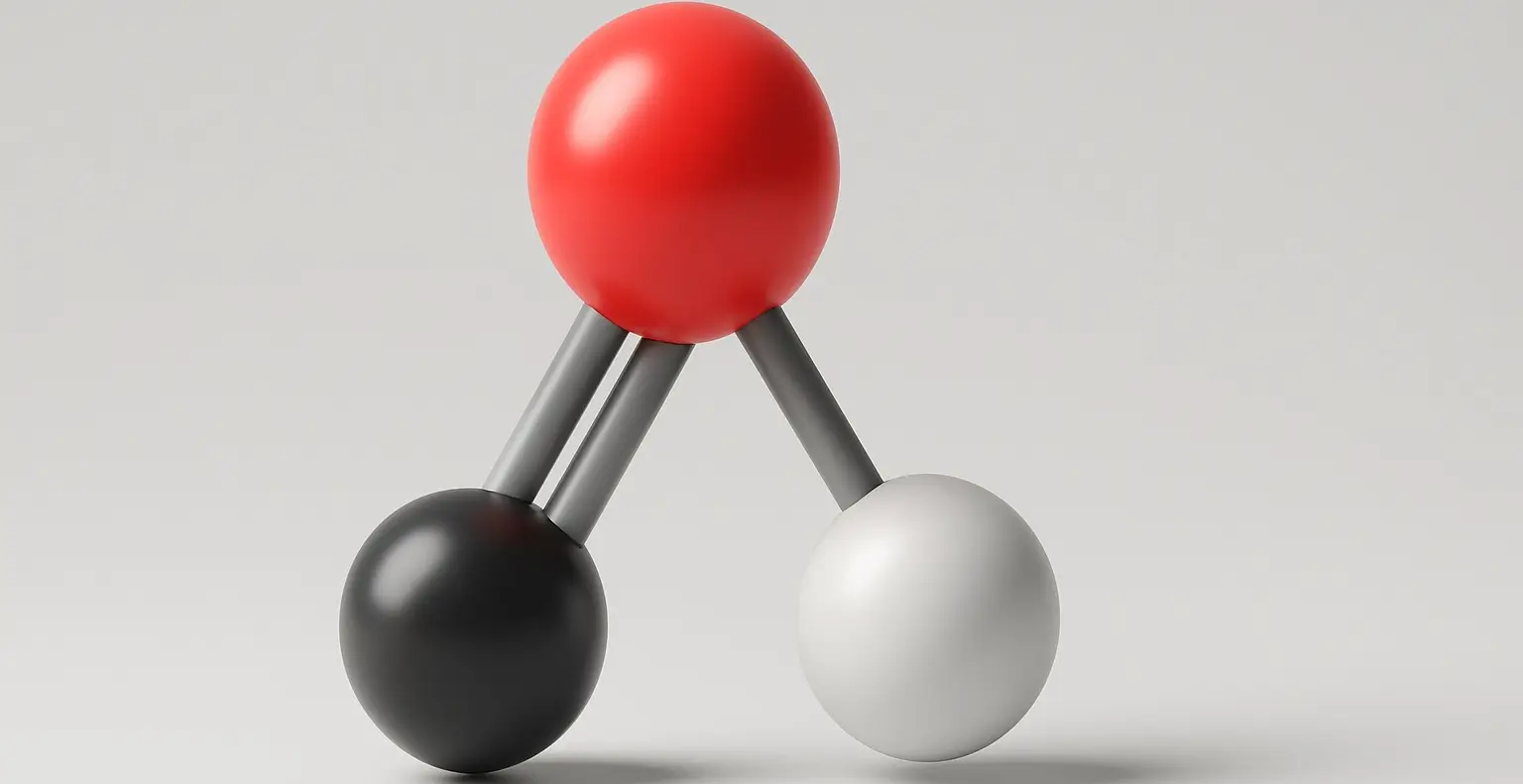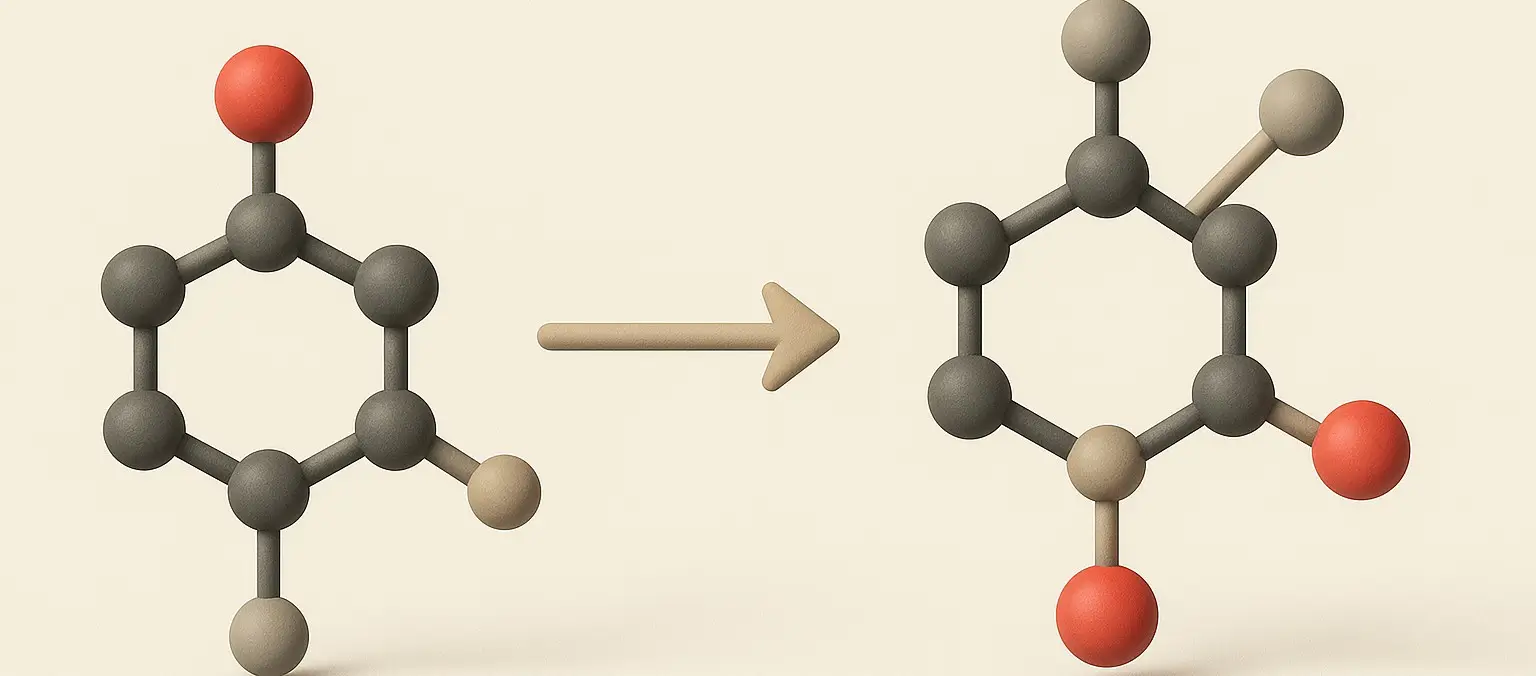Ideal Solubility Parameters
Ideal solubility parameters provide a quantitative measure of the solubility of substances. They are based on the concept that similar intermolecular forces between solute and solvent lead to better solubility. The most common parameter is the Hildebrand solubility parameter (δ), which is defined as: $\delta = \sqrt{\frac{\Delta H_v – RT}{V_m}}$ Where: ΔHv = Enthalpy of … Read more

